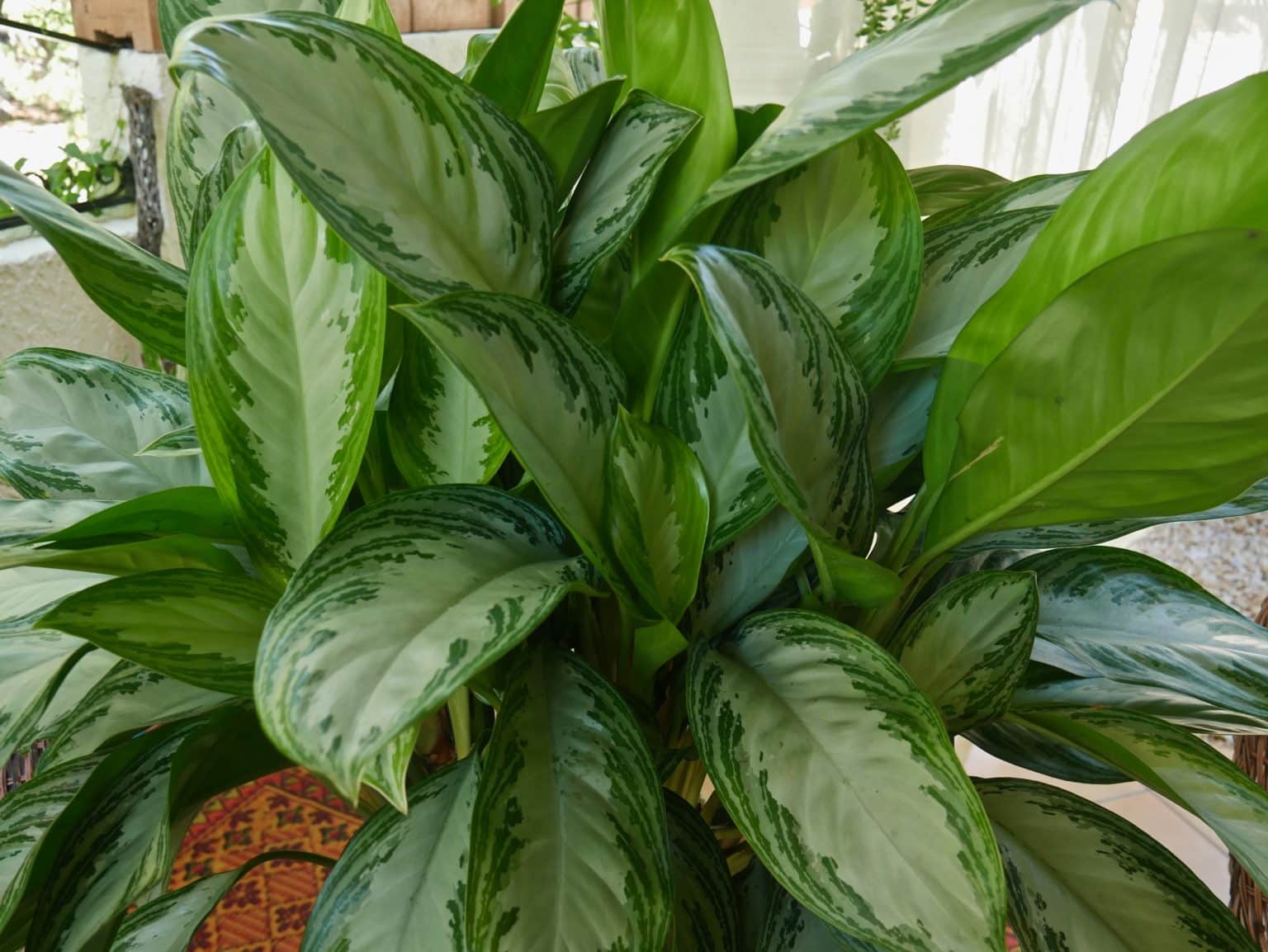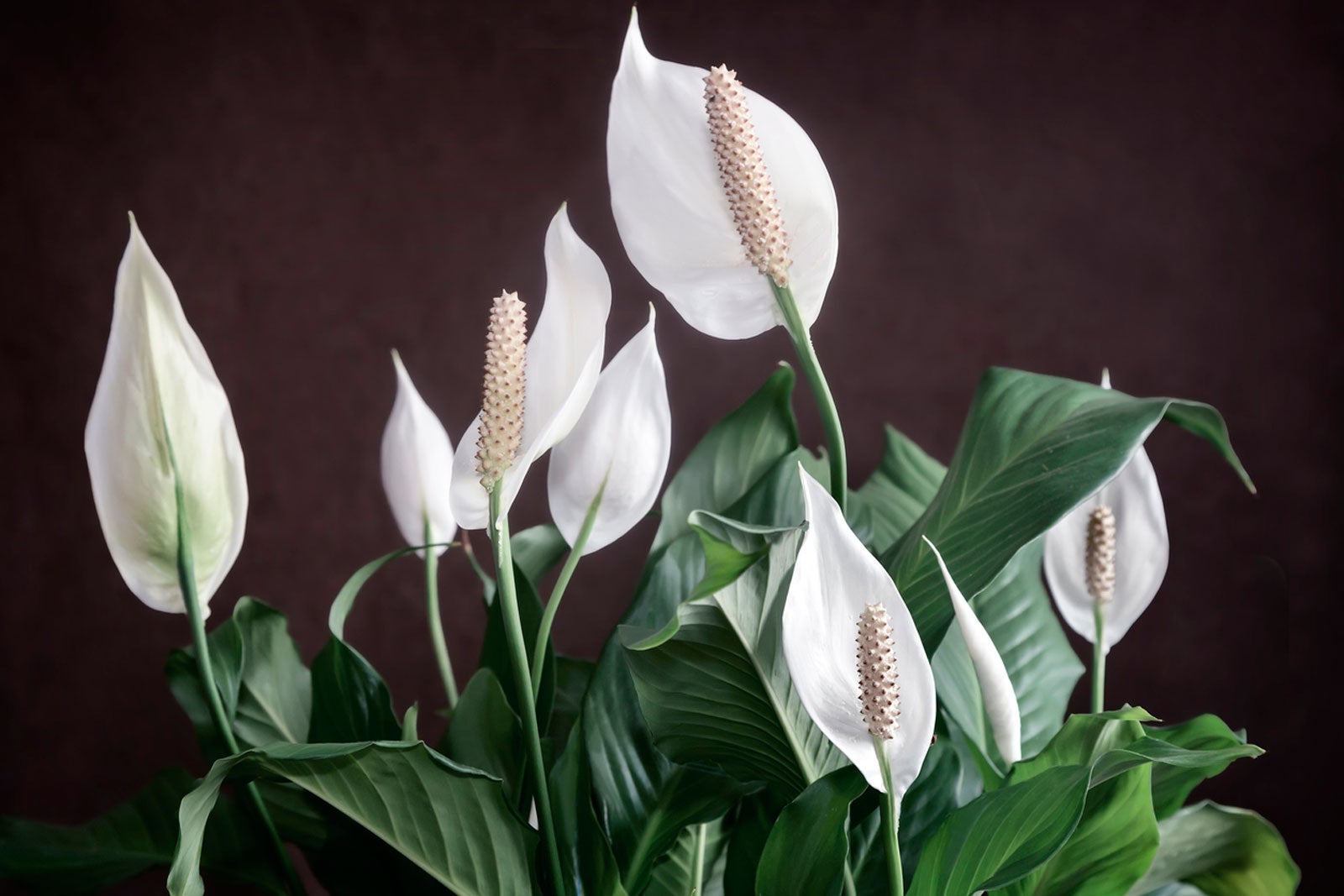Table Of Content

They also have interesting, spiked leaves that come in a range of colors, including bright pink or deep green. When it comes to lighting conditions, many Pothos varieties are happy in front of a north-facing window or placed far away from the light sources. But, since they are one of the fastest-growing houseplants around, you are still bound to see some progress. The many diverse forms and colors of calathea plant (Calathea spp.) have made it a popular houseplant.
Low Light Houseplants For Indoor Gardens
In addition to their beauty, houseplants help clean the air and contribute to a healthier environment. Studies have shown that the mere presence of plants can enhance happiness and productivity, and tending to plants can even reduce stress. But what if parts of your home don’t get enough sunlight for houseplants to flourish? Fortunately, there are plenty of attractive plants that do just fine in low light. If you’re looking for ways to brighten up a dreary spot, one of these low-light indoor plants may be the perfect addition.

ZZ Plant
New leaves unfold from rosy pink sheaths that soon wither and drop. Where conditions permit, the rubber plant can reach ceiling height. It’s one of NASA’s standard houseplants for improving indoor air quality, too.
Best Indoor Plants for Low Light
Below I’ve put together a list of low maintenance, low light plants to get you started. Few plants tolerate poor light levels better than this one. Named for its tough-as-nails constitution, it can also withstand almost any type of abuse, with the exception of overwatering. Extremely slow growing, often taking years to reach its full height. With the right selection of plants, you can create your own indoor jungle, even if you don't have lots of natural light streaming through your windows. Here are some of the best tall low-light plants for indoors.
Pothos (Epipremnum aureum, aka devil’s ivy)
While you shouldn’t expect that kind of growth indoors, you can expect growth up to two meters and eye-catching leaves, assuming you don’t have it in its common bonsai form. These trees also often come with their trunks braided, adding another level of visual appeal. For areas with less light, it’s best to purchase a large and established Bird’s Nest Fern that can absorb as much sunlight through the large fronds as possible. These plants are slow growers and won’t get much larger without normal light, so it’s recommended to buy the size that you want from the get-go.
The 11 best indoor plants for beginners, according to experts - CNN Underscored
The 11 best indoor plants for beginners, according to experts.
Posted: Mon, 29 Jan 2024 08:00:00 GMT [source]
Though Madagascar dragon trees aren't known to cause any issues in dogs, they can induce drooling, vomiting, weakness, incoordination, and dilated pupils in cats. In fact, these plants don’t even need natural light to grow; they’ll survive just as well in artificial light. They also do best in dry air, so this is one plant you may not want to display in your bathroom. Sadly, the aglaonema is toxic to cats, dogs, and horses, so keep it away from your pets. With its stunning variegated leaves and trailing vines, this pothos variety is a great way to break up the many shades of green in your houseplant collection. Provide this plant with indirect sunlight and hang it up high to let the vines really show off.

Also, don't fret if you the leaves start to shrivel in winter—that means it's going through a normal dormancy period. Here, we break down the 15 best low-light plants for new plant parents. From trusty species that require almost no effort to unique blooms that don’t need a window, these plants will liven up all your darkest corners. Also known as Swiss cheese plant or split-leaf philodendron, this tropical beauty sports lush green leaves that develop deep slits or holes as they mature.
Best Indoor Hanging Plants That Are Ideal for Close Quarters
However, most species – even the smaller ones – will happily grow in most areas without much trouble. They won’t put up their unique flower spikes in springtime, but this won’t take away from their stunning and unique leaves that look wonderful year-round. The Peperomia genus has taken center stage in the houseplant world, becoming the favorite of collectors and new plant parents everywhere. There is tons of variety in leaf shape and color across the species of this genus, also known as Radiator Plants.
The Sill Philodendron Green
It’s usually grown in water, with its stems anchored by pebbles or marbles. Look for stems trained into attractive twists, curls or other fun shapes. Some say this low-light houseplant can help boost your feng shui, but we’ll let you be the judge of that. Those with a brown thumb will be happy to hear that hoyas can tolerate low light and extreme drought conditions—even going for weeks without water.
10 Indoor Trees That Thrive in Low Light - Martha Stewart
10 Indoor Trees That Thrive in Low Light.
Posted: Fri, 28 Jul 2023 07:00:00 GMT [source]
One of the best ways I have found that adds a touch of home to any house is by adding houseplants. You’ll need to move them back outside or to a bright spot eventually, but for a while, you can enjoy the colorful flowers in a dim space. The rest of the time, feel free to keep them in slightly lower light conditions.
There are more than 1,000 species of peperomias to choose from, and they flourish in medium to bright indirect light (the brighter, the better). They do well in average home temperatures, but these rubber-like plants do require higher humidity, which means frequent misting with a spray bottle. (Just spray the fleshy leaves when the soil feels dry.) They are slow-growing and stay relatively small, which makes them ideal for tight spots in your home or office. These low-light indoor plants would look especially great in a small pot on a nightstand.
Bright indirect sunlight is the best, but ZZ performs admirably in low-light and beneath fluorescent bulbs. The bright, glossy green leaves of Swedish ivy (Plectranthus verticillatus) have crenate, or round-toothed margins. Trailing to lengths of two to three feet, this fast grower is well-suited to hanging baskets. Variegated types do best in moderate to bright indirect light, and will shade to green in dim settings. Water generously during the growing season, and less frequently in winter.
Misting with a spritz-bottle is an option, but beware – persistently dim and damp conditions may result in fungal growth. It’s not necessary to fertilize, as too much can burn tender leaf tips. Cold drafts are another cause of browning tips, so be sure to avoid them.

No comments:
Post a Comment